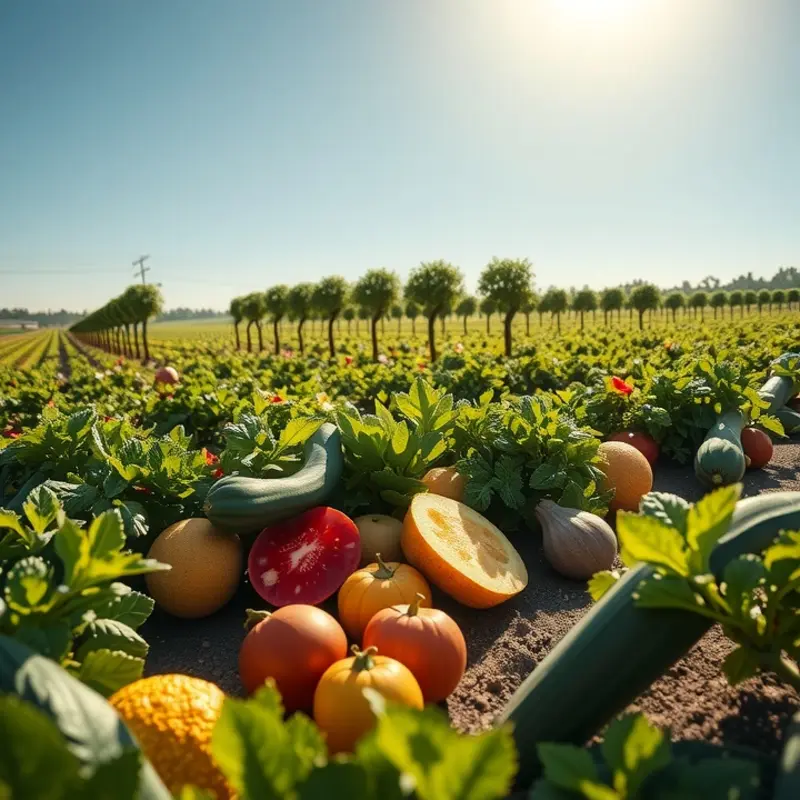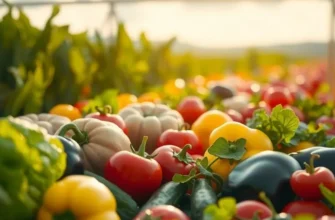Achieving a perfectly baked dish is a rewarding experience that enhances your cooking repertoire. Whether you’re an experienced cook or just starting, understanding the nuances that lead to even baking will elevate your skills. This guide offers clear, practical tips that will empower you to bake consistently delicious items, turning every baking endeavor into a success.
Understanding Your Ingredients

Mastering the art of baking begins with familiarity with your ingredients. Each element plays a vital role, dictating the flavor, texture, and rise of your baked goods. Understanding how these components interact can transform your bakes from good to divine.
Flour is the backbone of most baking recipes. Its protein content determines the elasticity and structure of your dough or batter. All-purpose flour generally works for most recipes, but for a finer crumb, consider cake flour, which is lower in protein. Conversely, bread flour, with higher protein content, serves well for yeast breads, giving them the chewy structure they are known for. Always measure flour correctly, preferably by weight, using a digital scale to avoid a dense bake.
Sugar not only sweetens but also affects moisture and browning. Granulated sugar helps create a crisp texture, while brown sugar adds moisture and softness due to its molasses content, making it perfect for cookies. Powdered sugar’s fine texture is ideal for frostings and icings. Understanding their properties and choosing the right type adapts your bake’s sweetness and texture profile effectively.
Eggs are multi-functional, acting as binders, leaveners, and emulsifiers. Their size matters; large eggs are the standard in most recipes. A precise egg measurement ensures the right textural result—from fluffy cakes to chewy cookies. Using room-temperature eggs yields better integration with other ingredients, fostering even cooking and uniform batter texture.
Leavening agents like baking powder and baking soda are essential for providing lift. Baking soda requires an acid to activate, while baking powder includes both an acid and a base. Misjudging these can lead to overly dense or flat baked goods. Ensure their freshness for optimal results—stale leavening agents can’t perform magic.
Additionally, many recipes call for butter, oil, or shortening, each imparting distinct qualities to the final product. Butter adds flavor and a tender texture, while oils contribute to moisture. Shortening, lacking water content, is perfect for creating flaky pie crusts. As with other ingredients, using room-temperature fats, unless specified otherwise, will aid in even mixing and aeration.
Measuring ingredients accurately is crucial in baking, often meaning the difference between success and failure. Dry ingredients should be fluffed and spooned into measures, not scooped, to avoid packing, whereas liquid ingredients should be measured at eye level using clear jugs. Consistency in measurement forms the foundation of baking precision.
Lastly, understanding your oven’s quirks cannot be understated. Many home ovens have hot spots and temperature disparities. An oven thermometer ensures you’re baking at the correct temperature. Rotating your pans and occasionally checking on your bake can mitigate uneven cooking.
Selecting and preparing your ingredients with intention and care lays the groundwork for even and flavorful bakes. Comprehending these foundational elements can elevate your baking into an art form. For those interested in finding ingredient substitutions when adapting recipes, see our guide on flavor boosters without salt.
Perfecting Your Technique

Achieving an even bake starts long before you place ingredients together. Begin with the simple yet crucial step of oven preheating. Preheating your oven allows it to stabilize at the desired temperature, ensuring consistent heat from the moment your bakeware enters. A kitchen thermometer can be a game changer, providing accuracy that many oven dials fail to consistently offer.
Positioning your bakeware plays a significant role in even cooking. Place your baking pans in the center of the oven, where the heat distribution is most balanced. When using multiple trays, stagger them to ensure uninterrupted airflow. This small tweak prevents hot spots and undercooked centers.
Rotation is key to achieving uniformity, especially with multiple trays. Halfway through the baking process, switch the trays—both top to bottom and front to back. This provides each side and level the same heat exposure. Keep an eye on your bake and trust your instinct to rotate even when using a seemingly perfect oven.
The choice of pans and liners impacts the final outcome. Opt for light-colored, metal pans as they reflect heat for a gentle bake. Dark pans absorb heat, making edges cook faster than desired. Embrace the convenience of parchment paper—not only does it prevent sticking, but it also aids in even browning by diffusing heat. When working with items like cookies, parchment can be moved onto cooling racks effortlessly.
Judging doneness without peeking too soon is an art. Use visual cues such as edges pulling away from pan sides or the subtle browning of crusts. For cakes or breads, insert a toothpick or skewer into the center—if it emerges clean, the process is complete. Remember that certain baked goods continue to cook from residual heat after removal from the oven.
These techniques, when mastered, create the foundation for consistent results in baking. Small adjustments and attention to detail transform ordinary efforts into exceptional outcomes. Explore additional ways to enhance your baking skills and sustainability by linking techniques with eco-friendly storage solutions and meal planning found in eco-smart kitchen storage. This further harmonizes the kitchen experience, balancing skill and mindfulness.
Final words
Baking evenly requires a combination of knowledge, technique, and practice. By understanding your ingredients and honing your baking skills, you can consistently produce treats that are evenly baked and delectably delicious. Remember that baking is both a science and an art; embracing this duality will enhance your abilities and confidence in the kitchen. So, get your ingredients ready and enjoy the rewarding journey of mastering the perfect bake!







